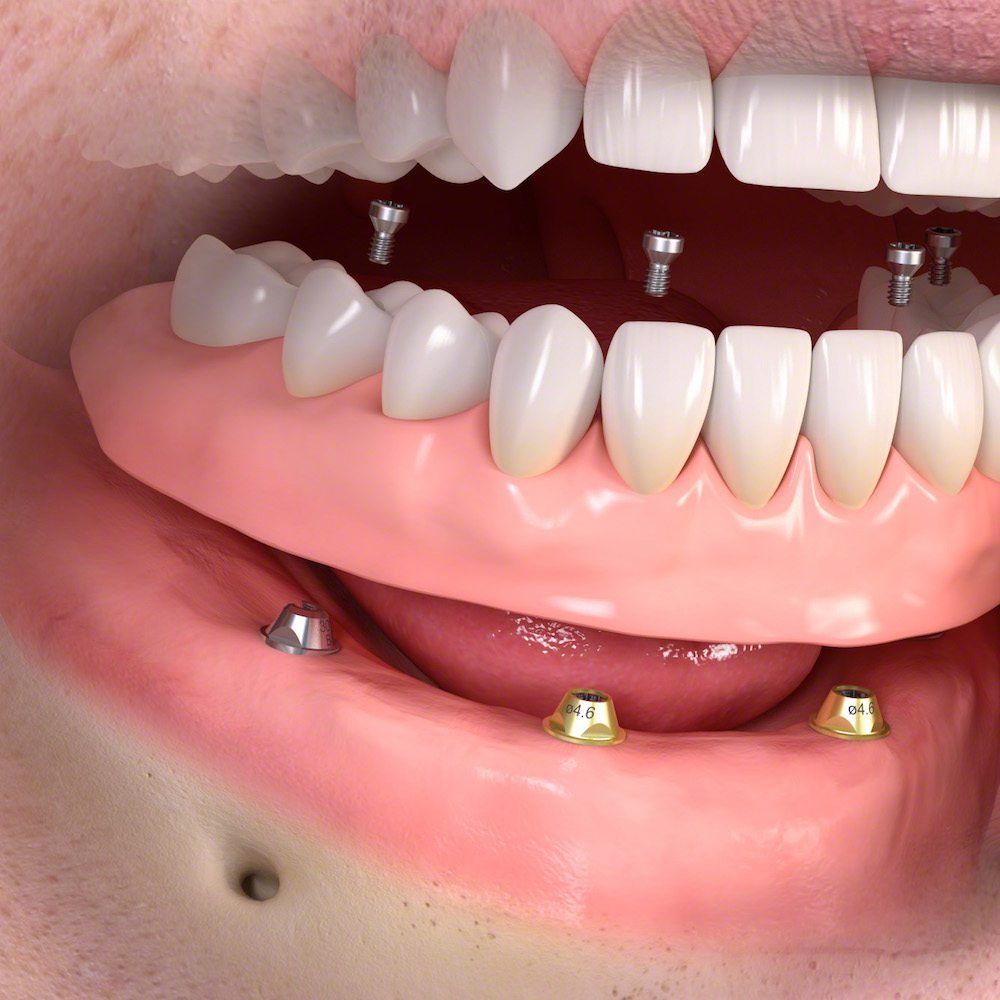Our Process for Denture Adhesive
Partial dentures are utilized when several natural teeth stay in the upper or lower jaw. A fixed bridge changes several teeth by positioning crowns on the teeth on either side of the space Complete Denture and connecting synthetic teeth to them. This "bridge" is then cemented into place.

A precision partial denture is removable and has internal accessories rather than clasps that connect to the surrounding crowns. This is a more natural-looking device. Yes, oral implants can be used to support cemented bridges, eliminating the need for a denture. The cost is normally higher, but the implants and bridges more closely look like the feel of genuine teeth.
Partial Looseness Basics and 101
Dental implants might likewise be utilized to support dentures, using more stability. Consult your dental practitioner for advice about implants. Most dental insurance companies cover some or all of the cost of dentures. However, contact your business to discover the specifics of what they will cover. The denture advancement procedure takes a couple of weeks and a number of consultations.


Create models, wax types, and/or plastic patterns in the exact shape and position of the denture to be made. You will "try in" this model a number of times and the denture will be examined for color, shape, and fit prior to the last denture is cast. Cast a final denture Changes will be made as needed New dentures might feel a little odd or loose for a couple of weeks until the muscles of the cheeks and tongue learn to keep them in location and you get comfy placing and removing them.
Dental Prosthesis: Its What We Do!
Dentures are made to closely resemble your natural teeth so there ought to be only a little visible modification in look. In fact, dentures might even enhance your smile and submit your facial look. Consuming with new dentures will take a little practice and might be unpleasant for some wearers for a few weeks.
Chew gradually using both sides of your mouth. As you get utilized to brand-new dentures, include other foods up until you return to a typical diet. Be cautious with hot or hard foods and sharp-edged bones or shells. And, prevent foods that are incredibly sticky or difficult. You should also avoid chewing gum while you use the denture.
Our Best Strategy for Denture Sealant
After getting dentures, you might have problem pronouncing particular words. If so, practice by stating the tough words out loud. With practice and with time you will become familiar with speaking correctly with dentures. If dentures "click" while you're talking, contact your dental expert. Dentures may sometimes slip when you laugh, cough, or smile.
If any speaking issue continues, consult your dental practitioner or prosthodontist. Your dental professional or prosthodontist will advise you regarding how long to use dentures and when to eliminate them. During the very first several days after receiving your denture, you may be asked to wear everything the time, consisting of while you sleep.
Dental Implant: Common Concerns
Once adjustments are made, you should remove dentures prior to going to sleep. This allows gum tissues to rest and permits regular stimulation and cleansing by the tongue and saliva. The denture can be put back in the mouth in the morning. A denture adhesive may be thought about under the following circumstances: To enhance fulfillment with an appropriately built denture.
To assist individuals with dry mouth conditions that decrease denture adherence, such as people taking cold medications, those with neurologic impairments including strokes, and the elderly. To supply additional stability and security for those who position unusual demands on facial muscles, such as speakers or artists. There are situations when denture adhesives ought to not be utilized.
The Best Fixed Prosthodontics Tips
If dentures begin to feel loose, trigger discomfort or cause sores Discover more here to develop, call your dentist as soon as possible. When a dental professional has not examined dentures for a long time. Dentures rest on gum tissue and the jawbone, which shrink and weaken, respectively, gradually. Therefore, the real issue may be a requirement for a denture change or brand-new dentures.
When adhesives have been used for a long time, especially when sees to the dental practitioner are infrequent, and when the frequency and volume of the adhesive use increases. These advancements might show the need for a denture change or new dentures. When any recognized allergy exists to the adhesive's components.
Denture Sealant Guidelines
Apply less than you think you need, and then slowly increase the amount till you feel comfortable. Distribute the adhesive evenly on the tissue bearing surface of the denture. Apply or reapply when necessary to offer the preferred effect. Always apply the adhesive to a thoroughly tidy denture. Remember adhesives work best with a well-fitting denture.
Apply this denture adhesive to a dry or preferably wet denture. Prevent putting adhesive near the denture borders. If the adhesive oozes, use less of the product. For dentures on the upper jaw, apply three short strips of adhesive-- or a series of little dots-- along the ridge area and one down the center.


:max_bytes(150000):strip_icc()/a-pair-of-dentures-82861243-5ae8c83a1d64040036891e49.jpg)

